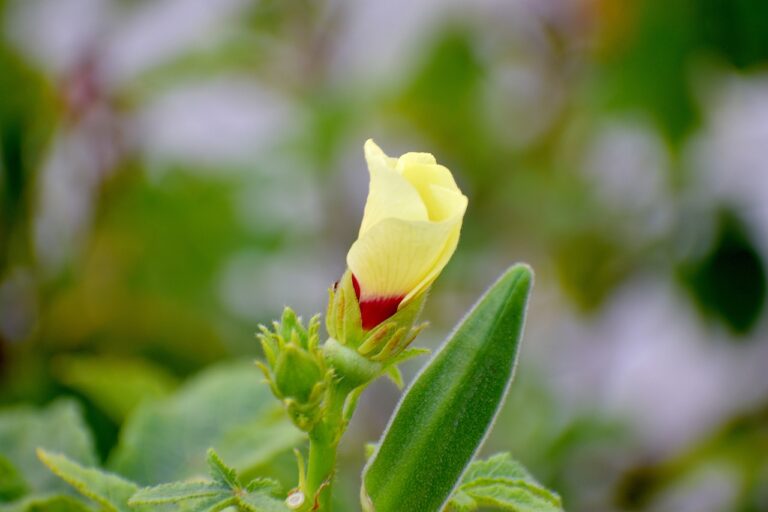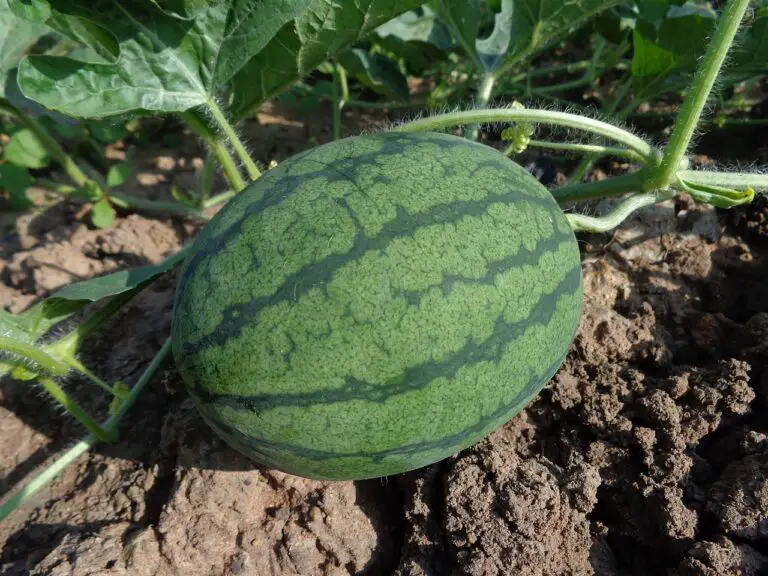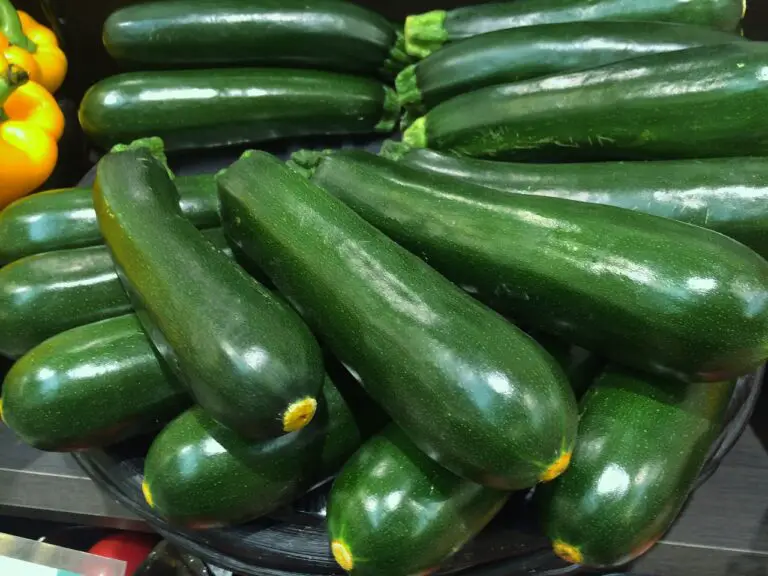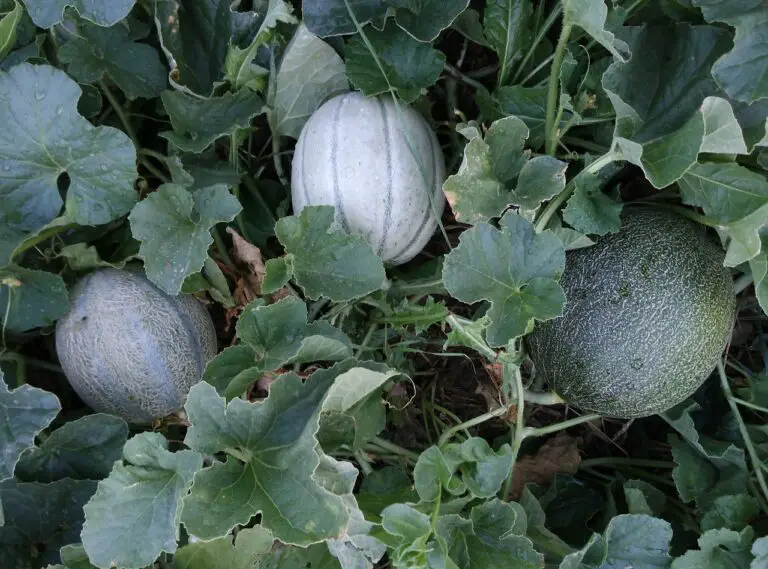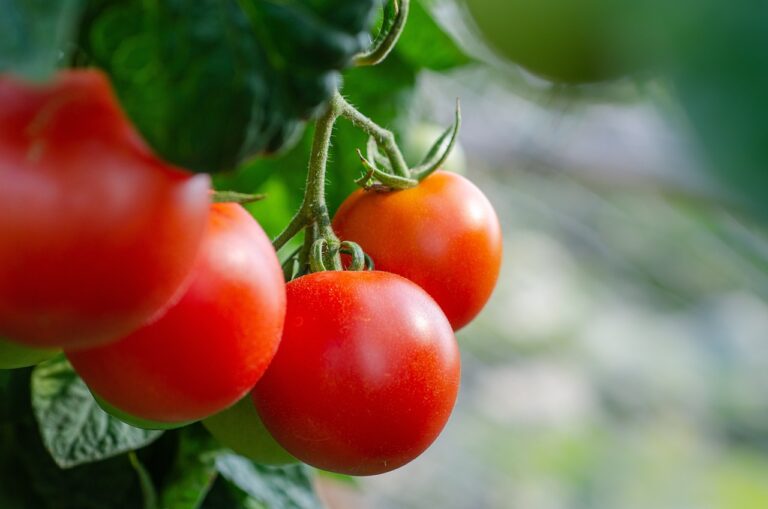10 Tips To Increase Fruit Production On Pumpkin
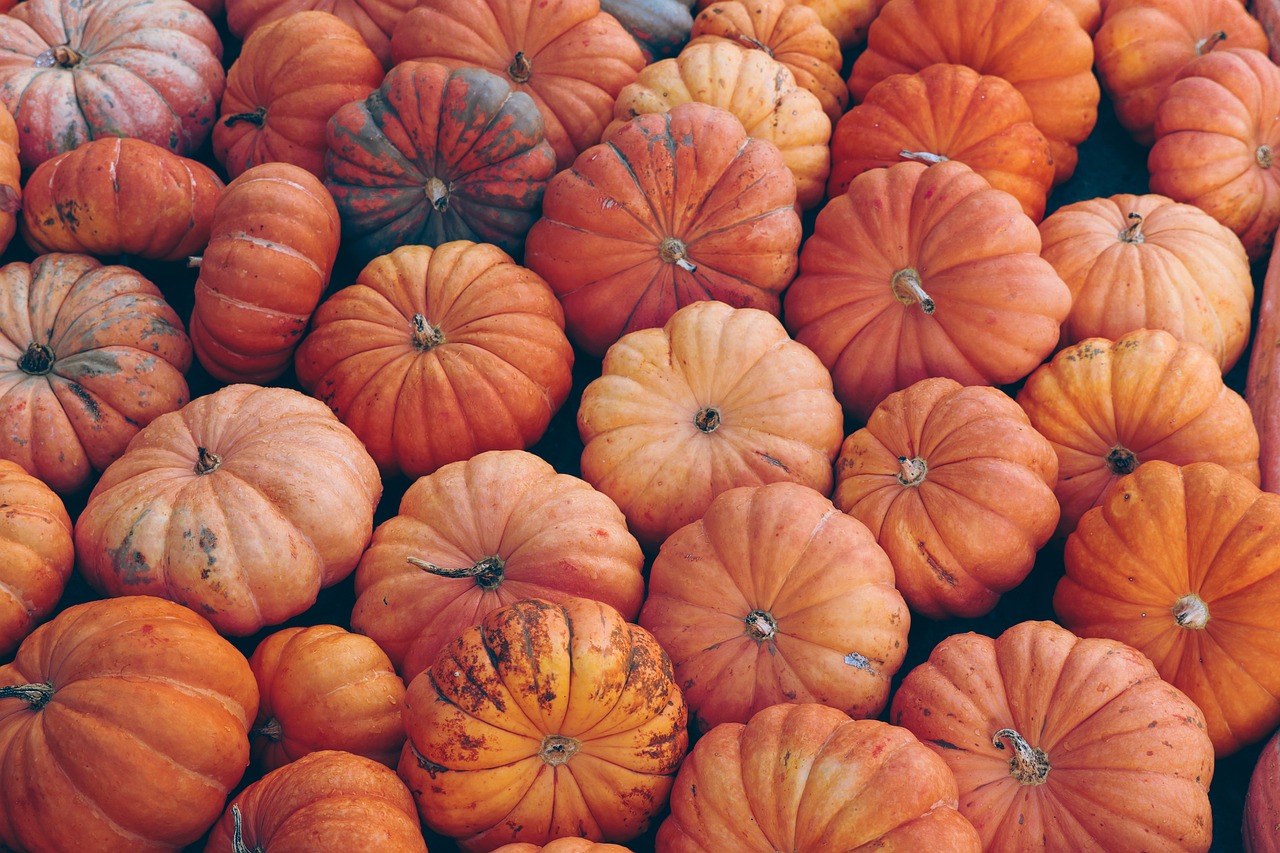
Pumpkins are not only a staple of fall decorations but also a versatile and nutritious addition to our diets. Whether you’re a commercial farmer or a backyard gardener, maximizing pumpkin fruit production is key to a bountiful harvest. Here are ten essential tips to help you increase pumpkin yields and cultivate healthy, robust fruits.
10 Tips to Increase Fruit Production on Pumpkins
1. Select the Right Variety
Choosing the right pumpkin variety is crucial for maximizing fruit production. Some varieties are better suited for specific climates or soil conditions. Consider factors such as your region’s growing season, local climate, and the space available for cultivation. By selecting a variety that aligns with your environmental conditions, you set the stage for a successful harvest.
Finding a variety with resistance to common pests and diseases can also contribute to increased fruit production. Consult with local agricultural extension services or nurseries to identify the best pumpkin varieties for your specific circumstances.
Tip: Before purchasing seeds, conduct thorough research to ensure the chosen variety is well-adapted to your growing environment, promoting a healthier and more productive pumpkin crop.
2. Optimize Soil Quality
Pumpkins thrive in well-draining, nutrient-rich soil. Conduct a soil test to assess its composition and make necessary amendments based on the results. Incorporate organic matter, such as compost or well-rotted manure, to improve soil structure and fertility. Adequate soil preparation ensures that pumpkins receive the necessary nutrients for robust growth and fruit development.
Maintain a slightly acidic to neutral pH range, typically between 6.0 and 7.5, as pumpkins prefer slightly acidic conditions. Regularly monitor soil moisture levels, aiming for consistent moisture without waterlogging, to promote healthy root development and maximize fruit production.
Tip: Mulching around pumpkin plants helps retain soil moisture, suppress weeds, and regulate soil temperature, creating optimal conditions for fruit development.
3. Provide Adequate Sunlight
Pumpkins are sun-loving plants that require at least 6 to 8 hours of direct sunlight daily. Choose a planting location that receives ample sunlight to support vigorous growth and flower production. Insufficient sunlight can lead to poor fruit set and hinder the overall yield of your pumpkin crop.
Create an environment that maximizes exposure to sunlight by spacing plants appropriately and avoiding shading from taller neighboring crops. This ensures that each pumpkin plant receives the sunlight it needs for robust fruit development.
Tip: Regularly assess your garden or field for any changes in sunlight patterns due to the growth of surrounding vegetation or structures, and adjust plant placement accordingly.
4. Implement Proper Spacing
Proper spacing between pumpkin plants is essential for optimal air circulation, sunlight penetration, and overall plant health. Overcrowding can lead to increased competition for nutrients, limited airflow, and a higher risk of disease. Follow recommended spacing guidelines for the specific pumpkin variety you are cultivating to maximize fruit production.
Providing adequate space between plants also facilitates easier pest management and allows for efficient harvesting. Well-spaced plants are more resilient to fungal diseases, promoting a healthier pumpkin crop.
Tip: As pumpkin vines spread, regularly monitor and adjust spacing to accommodate their growth, preventing overcrowding and ensuring each plant has sufficient room for development.
5. Practice Regular Watering
Consistent and adequate watering is crucial for pumpkin plants, especially during critical growth stages like flowering and fruit development. Irrigate the plants deeply to encourage robust root systems, ensuring they have access to water during dry spells. However, it’s equally important to avoid waterlogged conditions, as this can lead to root rot and negatively impact fruit production.
Establish a regular watering schedule, and adjust it based on weather conditions and soil moisture levels. Mulching around pumpkin plants helps retain soil moisture, reducing the frequency of irrigation and promoting more efficient water use.
Tip: Water in the early morning to minimize evaporation and give the plants ample time to absorb moisture before the heat of the day.
6. Implement Proper Fertilization Practices
Pumpkins are heavy feeders and require adequate nutrients for robust growth and fruit production. Develop a fertilization plan based on soil test results and the specific needs of your pumpkin variety. Use a balanced fertilizer with essential nutrients, including nitrogen, phosphorus, and potassium, to support healthy plant development.
Apply fertilizer at the recommended rates and timing, with a focus on providing additional nutrients during key growth stages. Over-fertilization can lead to excessive vine growth at the expense of fruit development, so it’s crucial to strike the right balance.
Tip: Consider incorporating organic fertilizers, such as well-rotted compost or aged manure, to improve soil fertility and promote long-term soil health.
7. Implement Pest and Disease Management Strategies
Pumpkin plants are susceptible to various pests and diseases that can significantly impact fruit production. Develop an integrated pest management (IPM) plan to address potential issues. Regularly inspect plants for signs of pests, such as aphids or squash bugs, and implement appropriate control measures when necessary.
Closely monitor for symptoms of common pumpkin diseases, including powdery mildew and downy mildew. Fungicides and other preventive measures can help mitigate the impact of these diseases and safeguard your pumpkin crop.
Tip: Encourage natural predators, such as ladybugs and beneficial insects, to help control pest populations and minimize the need for chemical interventions.
8. Promote Pollination
Pumpkin plants have separate male and female flowers, and successful pollination is essential for fruit development. Bees are the primary pollinators of pumpkins, so create an environment that attracts and supports their presence. Avoid using pesticides that can harm bee populations, and consider planting companion plants that attract pollinators to your garden.
Hand pollination is an effective strategy if bee activity is limited. Transfer pollen from male flowers to female flowers using a small brush or cotton swab to ensure successful pollination and maximize fruit set.
Tip: Monitor flowering patterns, and if necessary, hand-pollinate early in the morning when flowers are fully open for optimal results.
9. Provide Support for Growing Vines
Pumpkin vines can become heavy as they mature and produce fruit. Provide adequate support to prevent vines from sprawling on the ground, which can lead to fruit rot and pest infestations. Use trellises or other structures to lift vines off the ground, promoting better air circulation and reducing the risk of disease.
Supporting vines also facilitates easier maintenance, such as pest control and harvesting. Well-supported plants are more resilient to environmental stressors, contributing to increased fruit production.
Tip: Install supports early in the growing season, ensuring they can bear the weight of mature vines and developing pumpkins.
10. Harvest at the Right Time
Timing is crucial when it comes to harvesting pumpkins for optimal fruit quality and production. Wait until pumpkins reach full maturity and display a deep, consistent color. The stem should be fully dry and hard, indicating that the pumpkin is ready for harvest.
Harvesting too early can result in underdeveloped fruit, while delaying harvest may lead to overripe pumpkins with diminished quality. Proper timing ensures that each pumpkin reaches its full potential, contributing to a successful and abundant harvest.
Tip: Use a sharp knife or pruning shears to cut pumpkins from the vine, leaving a few inches of stem attached to the fruit to prevent premature rotting.
In conclusion, achieving high fruit production on pumpkins requires careful planning, attention to
detail, and proactive management strategies. By selecting the right variety, optimizing soil conditions, and implementing proper cultural practices, you can create an environment that fosters healthy pumpkin plants and maximizes your harvest. Regular monitoring, timely interventions, and a commitment to sustainable practices contribute to the overall success of your pumpkin cultivation efforts. With these tips in mind, you can look forward to a fruitful pumpkin season and enjoy the many benefits these vibrant and versatile fruits have to offer.

